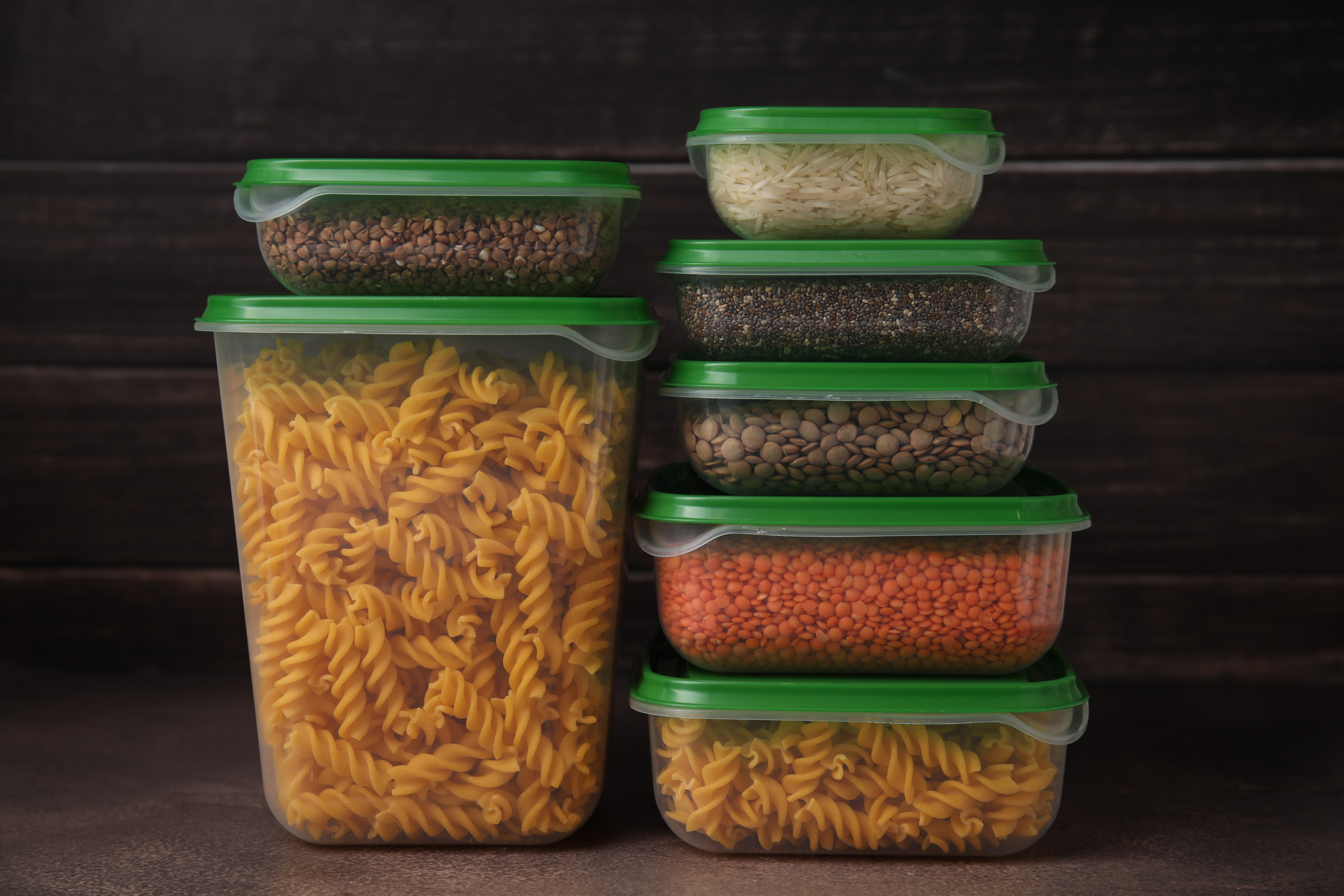Ever noticed that your leftovers taste “off” right after storing them in those plastic containers? With plastic vs glass food storage, the type of container you choose can seriously affect how long your food stays fresh. In 2025, when every bite of food matters, knowing which containers slow spoilage is a smart move. Glass isn’t just fancy—it’s practical, especially for preserving flavor and preventing waste. Read on to learn which five foods you should stash in a glass to avoid disappointment and save money.
1. Tomato-Based Sauces

Image Source: 123rf.com
Tomato sauces contain acid and oils that can seep into plastic, breaking it down and promoting faster spoilage. Studies and expert advice warn that plastic can leach odors and degrade under acidic conditions, altering your sauce’s taste and safety . Glass containers, on the other hand, are non-porous and inert, preserving original taste without contamination. That means your marinara will taste like marinara—no lingering plastic tang. Storing sauces in glass ensures that freshness and flavor stay intact for longer.
2. Olive Oil and Cooking Oils
Oils are highly sensitive to light and air, which accelerate rancidity, but plastic doesn’t help. Expert guidelines recommend dark glass, not plastic, for storing oils because plastic lets in slight air and light, hastening spoilage. Plus, plastic can absorb and re-release flavors, contaminating your oil. Glass creates an airtight, stable environment, slowing oxidation and preserving taste. The next time you pour olive oil, keep it in a tinted glass bottle to extend its shelf life and flavor.
3. Leftover Meats and Soups
Plastic often warps or scratches, creating crevices that harbor bacteria and speed spoilage. When storing meats or soups, these micro-grooves become breeding grounds for microbes, leading to off flavors and faster spoilage. Glass retains a tight seal, is non-porous, and doesn’t absorb juices or odors. That makes it a safer choice for high-risk foods that need reliable freshness. Choosing glass for your stews and roasts ensures longer-lasting quality and less food waste.
4. Fresh Herbs and Leafy Greens
Herbs and greens can wilt fast in plastic, thanks to plastic’s lack of breathability and moisture control. In contrast, glass jars let you see moisture buildup and wipe inner surfaces easily. Glass also doesn’t trap odors or flavors that affect delicate produce. That slower decay helps preserve taste and texture longer. For basil, cilantro, or kale, storing them in a glass (with a paper towel to absorb moisture) keeps them crisp and delicious.
5. Fermented Foods and Pickles

Image Source: 123rf.com
Fermented foods like kimchi, sauerkraut, or pickles release acids over time that can degrade plastic—altering flavor and shortening shelf life . Glass is acid-resistant and doesn’t interact with your ferments. Plus, it’s ideal for watching bubbling activity and checking brine levels without opening the jar. That transparency helps you manage fermentation without risking spoilage. For any pickles or kraut, glass is the clear winner.
Why Glass Wins the Freshness Fight
When comparing plastic vs glass food storage, glass consistently outperforms in preserving food quality. It’s non-porous, non-reactive, and doesn’t absorb flavors or odors—even after lots of use. It withstands microwaving, freezing, and reheating without degrading. Though heavier and breakable, its benefits—better freshness, longer shelf life, and fewer contaminants—often outweigh the downsides. Making the switch can help you reduce waste and improve food taste.
Have you noticed a difference when storing foods in glass vs plastic? Share your tips or surprising results in the comments below!
Read More

